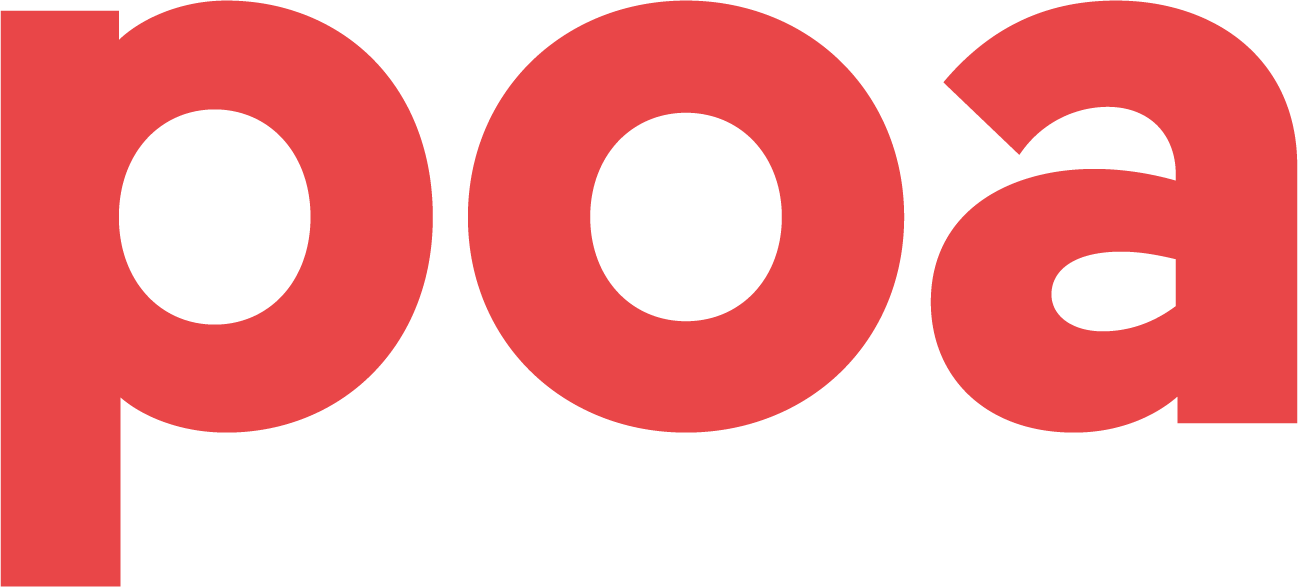Medical Assistance in Dying: Challenges of Monitoring the Canadian Program
DOI:
https://doi.org/10.7202/1073799arKeywords:
medically assisted dying, euthanasia, assisted suicide, monitoringLanguage(s):
EnglishAbstract
The Canadian medical assistance in dying (MAID) program, based on an ambitious piece of legislation and detailed regulations, has failed to provide Canadians with sufficient publicly accessible evidence to show that it is operating as mandated by the requirements of the law, regulations, and expectations of all stakeholders. The federal law that was adopted in 2016 defined the eligibility criteria and put in place a number of safeguards that had to be satisfied before providing assisted dying to a person in order not to transgress the Criminal Law. The responsibility of monitoring for the purpose of investigating compliance with the eligibility criteria and procedural safeguards was assigned by the Federal Ministry of Health (responsible for all monitoring) to the provincial and territorial governments. Some of the governments have released statistical data concerning the program, but none have yet issued a comprehensive report on adherence to the eligibility criteria and its safeguards as required by the law and regulations. This paper explains the process, explores the possible reasons for this shortfall, and offers some suggestions for actions that could rectify this aspect of the MAID program. Accountability and transparency are integral to the delivery of MAID and the publications of the mandated federal as well as provincial/territorial monitoring reports are one important approach to achieving confidence and trust in the program.
Downloads
Published
How to Cite
Issue
Section
License
Copyright (c) 2020 Jaro Kotalik

This work is licensed under a Creative Commons Attribution 4.0 International License.
The Canadian Journal of Bioethics applies the Creative Commons Attribution 4.0 International License to all its publications. Authors therefore retain copyright of their publication, e.g., they can reuse their publication, link to it on their home page or institutional website, deposit a PDF in a public repository. However, the authors allow anyone to download, reuse, reprint, distribute, and/or copy their publication, so long as the original authors and source are cited.

















_smaller.png)

